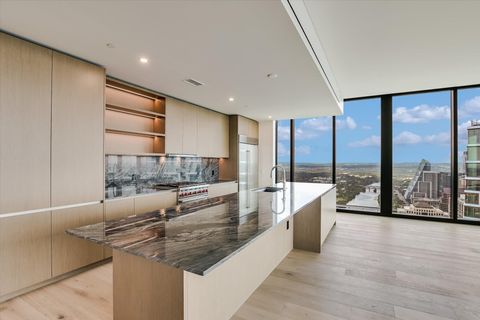With today's release of March real estate statistics, the Austin market posted its ninth consecutive monthly decline. While the news is mixed, the Austin market -- and Texas in general -- have fared better than most any other market in the U.S.Still, it's not like it used to be. While the average sale price last month was up 5% over last March, sales were down 21% from the same period last year. Today, nearly 40% of houses put on the market are removed before they sell. Price per square foot has dropped by 4%, and the average discount . . .
